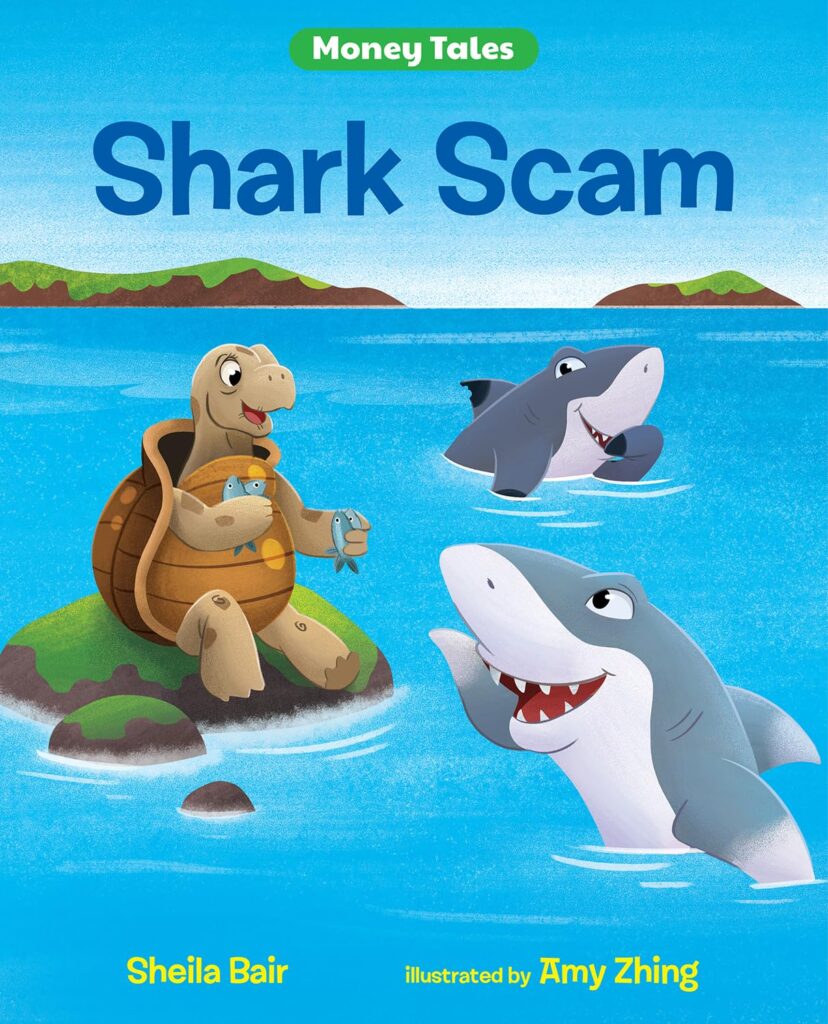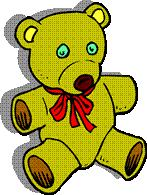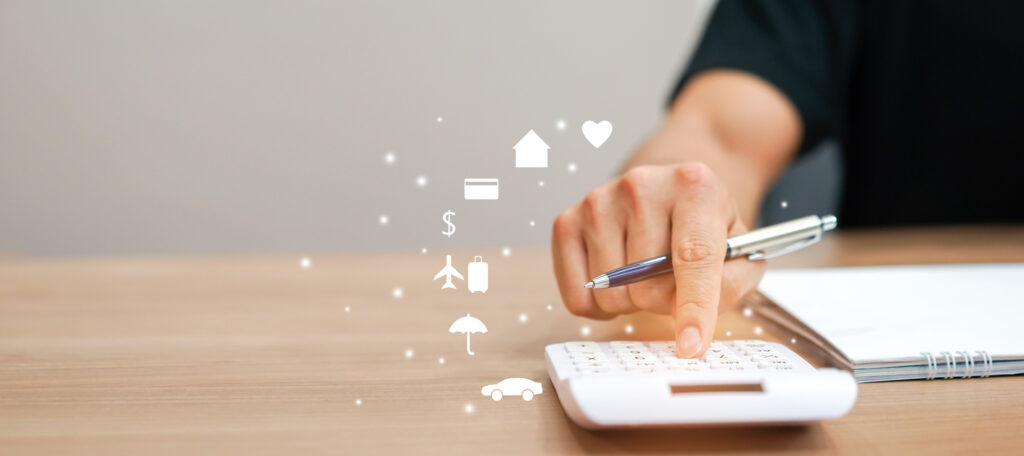
Content Partner
Grades 3-5

Don't have an account yet? Sign up for free
Don't have an account yet? Sign up for free

Some children believe they can have all of the goods and services they want from their families because they think these items are free. By reading the book “A New Coat for Anna” you will learn that things have a cost. In addition you will learn about resources, scarcity, costs, trading/bartering, and decision making through the experiences of Anna, whose mother wanted to buy Anna a coat, but did not have the money.
In this lesson, you will learn the definition of bartering and apply the concept to the worksheet activity provided in the process. You will also make the connection between bartering/trading and resources by answering questions during class discussion. Lastly, you will learn how to use productive resources (natural, capital, and human resources) to trade or get the things you want without using money.
 You or your teacher will read “A New Coat for Anna” by Harriet Ziefert. You will then create a list of the things mother had to barter in the order that they occurred in the story. Finally, you will discuss as class the story and answer several questions regarding the story and the concepts presented in this lesson.
You or your teacher will read “A New Coat for Anna” by Harriet Ziefert. You will then create a list of the things mother had to barter in the order that they occurred in the story. Finally, you will discuss as class the story and answer several questions regarding the story and the concepts presented in this lesson.
Why couldn’t Anna’s mother go to the store to buy a coat?
What could Anna and her mother do instead?
What is bartering?
What things did she have to barter/trade?
What things did her mother still need to get?
What resources were needed to produce the coat?
Were the resources needed natural, capital, or human?
Most of the time, when we want something, there is a cost involved. Sometimes we use money, and sometimes we trade or barter. The things we use to barter/trade or buy are called natural, capital, and human resources. Remember, bartering occurs when two people find themselves with something that someone else values even more and they exchange the item/service of lesser value (to themselves) for the item of greater or equal value. Bartering/trading takes place when both parties are better off than they were before the exchange.
Fold a piece of paper into fourths. Number the sections 1-4. In each section draw things from the story as requested:
If preferred, use this worksheet to draw on.


Content Partner
Grades 3-5

Grades 6-8, 9-12

Grades 6-8

Grades 6-8
